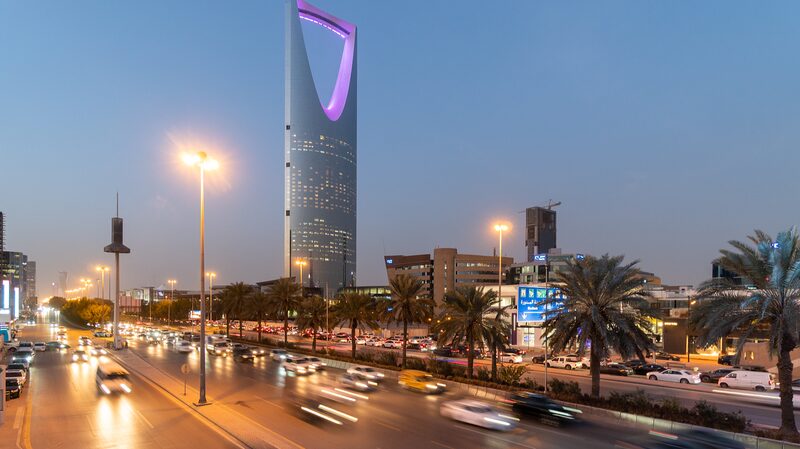Why the Middle East Is Turning Toward Asia
Once synonymous with conflict, the Middle East is now making headlines for its diplomatic rebounds and economic transformations. With regional rivals like Saudi Arabia and Iran resuming ties in 2023, and Gulf nations prioritizing development over disputes, a new trend is emerging: 'Looking East'—forging stronger partnerships with China, India, and other Asian powerhouses.
China Takes Center Stage 🤝
Over 90% of Middle Eastern countries have signed Belt and Road Initiative (BRI) deals with China, creating mega-projects like the Saudi-China Jizan Industrial Park and Türkiye's Kumport Terminal. 'Coordination mechanisms' like the China-Egypt production partnership are turbocharging trade, with Saudi-China bilateral trade hitting $100B+ in 2023—nearly matching Saudi trade with all G7 nations combined!
Beyond Oil: A New Playbook 🚀
From ports to tech hubs, Middle Eastern nations are diversifying their economies while reducing reliance on Western partners. As the U.S. scales back its regional role, China’s BRI-driven investments are filling gaps, offering infrastructure, green energy solutions, and tech transfers. Analysts say this shift isn’t just about money—it’s about rewriting the region’s geopolitical script.
🌟 TL;DR: The Middle East isn’t waiting for the West. With Asia as its new compass, the region is building bridges—literally and figuratively.
Reference(s):
cgtn.com






